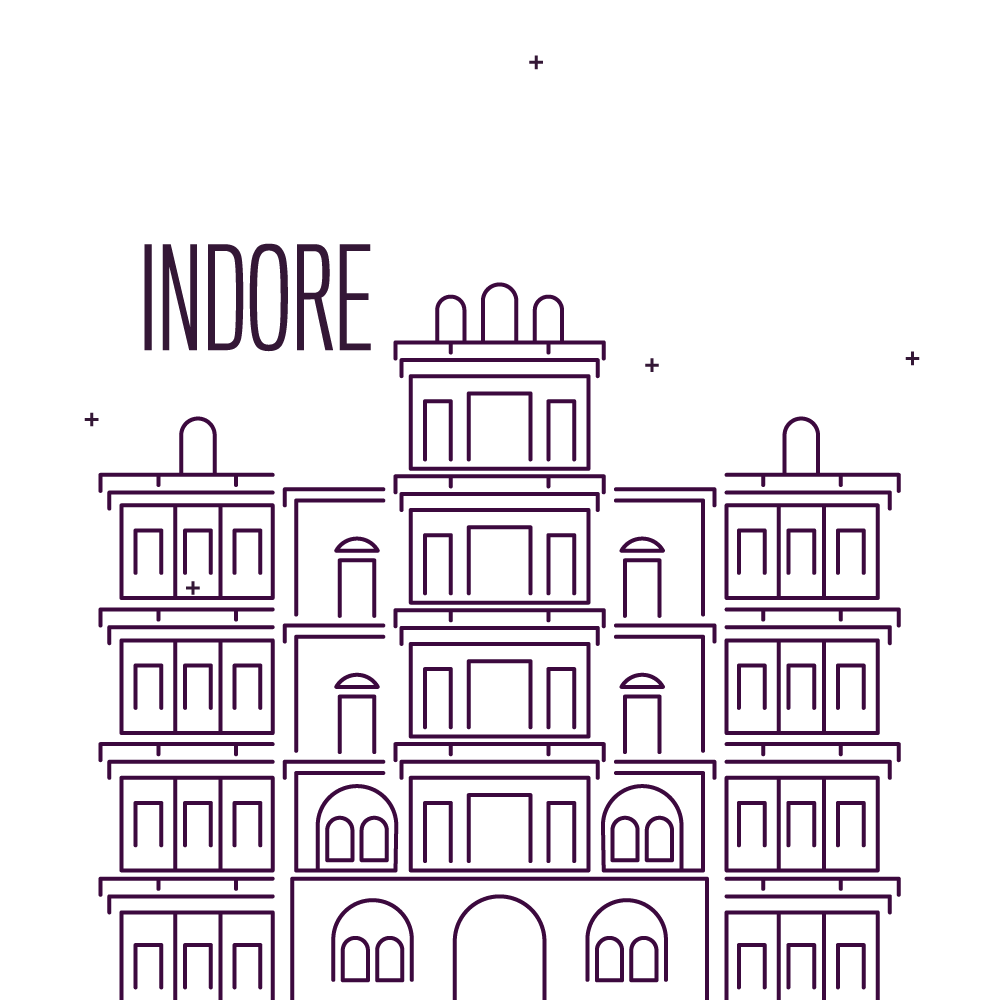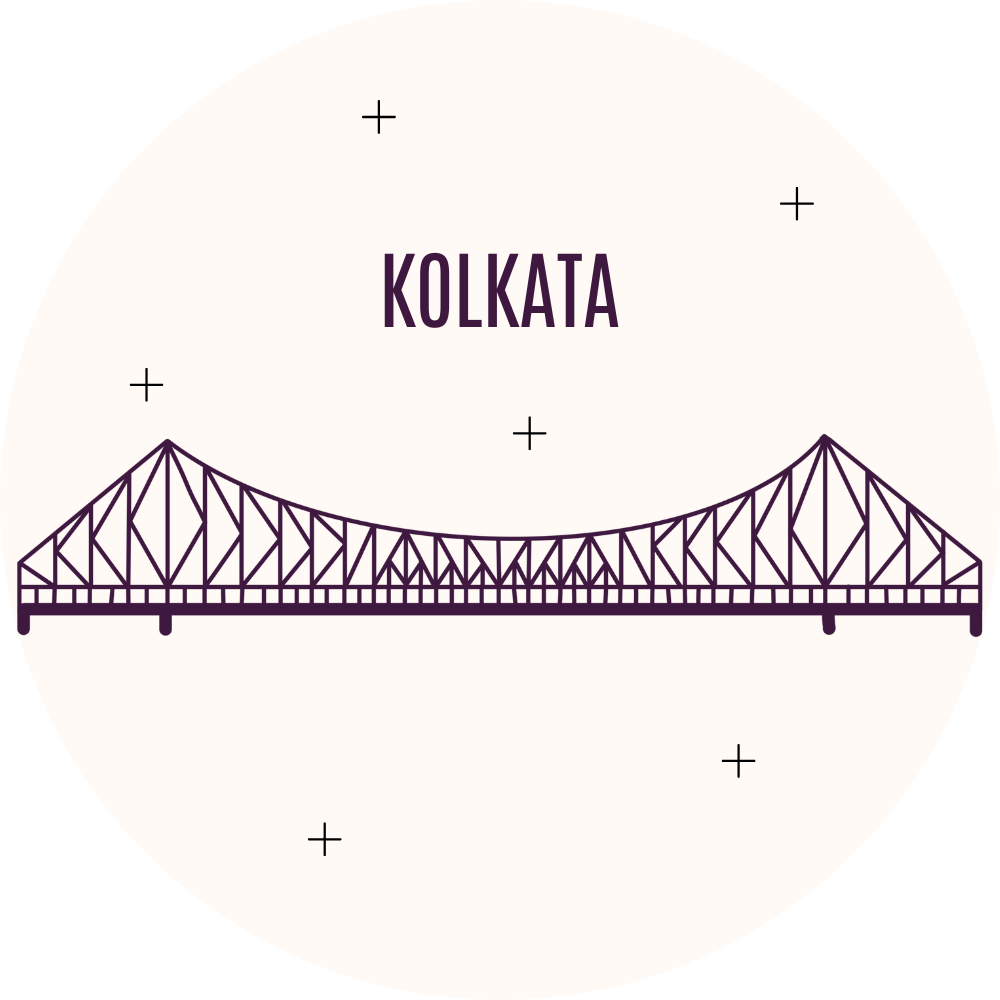Demystifying Piercing Pain Levels by Location

Pain threshold is something very subjective, a petite girl may be brave
enough to get an elaborate tattoo done and a well-built man may be petrified of
needles. Also, perception of an individual's pain plays a crucial role in
determining pain. And one other thing that is equally important in assessing
pain while getting a piercing done is the location of the piercing. A tattoo
will not be as painful on the arm as much as it will be on the sternum.
Piercing also follows the same principle. Science states that some areas
are more painful than others. The logic is that the fewer nerves in an area,
the less pain a piercing or tattoo will cause.
Multiple ear piercings have evolved into a must-have accessory for trendsetters.
It offers endless ways to showcase creativity through unique locations and
personalised combinations. These piercings serve as the ideal accessory to
elevate your work-from-home appearance, making an impact during Zoom calls or
virtual meetings—even if you're pairing them with pajyamas.
Unlike more permanent forms of body art, such as tattoos or
semi-permanent makeup, ear piercings involve less long-term commitment. You
have the freedom to keep them for years or let them close up temporarily if
desired.
One thing to bear in mind here is with options like medicated painless piercing available, do not get tempted to go with the seemingly quick and easy gun piercing, Always choose needle piercing for precision piercing and faster healing . Let us break down ear piercings on the basis of their pain quotient.
I. Least Painful
1. Standard Lobe Piercing
It’s no wonder that standard lobe piercing ranks low on the pain scale,
with most people rating it around 3/10. The initial sensation is brief—many
describe it as a quick pinch when the needle goes through. The most
uncomfortable part tends to be the pressure or slight ache that follows
immediately after.
This is one of the most common piercings people get
done as it is the stress-free and most beginner-friendly choice. It usually
takes about 1-2 months to fully heal. It's essential to use a needle rather
than a piercing gun, as needles are both less traumatic to the tissue and more
hygienic.
If you are a beginner, and are looking to get your
lobes pierced then mySunar should be your go-to choice for painless ear
piercing. With safety at the helm,
mySunar uses the traditional needle piercing techniques that have been a part
of the Indian culture for centuries now.
For those already having a single lobe piercing, a double
lobe piercing is the perfect next step, offering a similar pain level and
healing time as the first one.
2. Transverse Lobe Piercing
A transverse lobe piercing goes straight through the lobe instead of
from front to back. Normally, a barbell is used for this piercing, with both
ends visible on either side of the ear. The anatomy of the earlobe plays a key
role in determining how this piercing is done and what will be the end result.
On the pain scale, a transverse lobe piercing stands around 4/10. Since
it’s still a lobe piercing, most people find it less painful than cartilage
piercings. Healing time for a transverse lobe piercing typically starts at 2
months, but it can take up to 10 months, depending on your boy’s healing
capacity.
II. Pain Level: Mild to moderate.
1. Helix Piercing
A helix piercing is placed on the upper outer rim of the ear, where the
cartilage is thinner, making it one of the least painful cartilage piercings.
It generally ranks around 4-5/10 on the pain scale
and requires 3-6 months to heal entirely. However, if you're opting for numerous
piercings, such as a double or triple helix, the pain may differ on the basis
of the specific area of the ear and the area of cartilage being pierced.
2. Forward Helix Piercing
The forward helix is also a cartilage piercing located just above the
tragus, on the outer upper ear near the hairline. Similar to a standard helix,
you can build on this piercing with double or triple placements over time.
The forward helix tends to be slightly more
intense, scoring around 5-6/10 on the pain scale. The healing time for this
piercing can take between 3-9 months, but once healed, it is a low maintenance
piercing.
3.Orbital Piercing
An orbital piercing consists of two piercings connected by a hoop,
typically placed on either the earlobe or the lower part of the outer ear
(helix). It's similar to an industrial piercing but the pain is less and the
healing time is faster.
Depending on the location, the pain usually rates
around 4-5/10, and healing generally takes about 2-3 months.
4.Tragus Piercing
The tragus piercing, located on the cartilage over the ear canal, is a popular
choice among celebrities.
This piercing scores relatively low on the pain
scale, with most people rating it at around 4/10, comparable to a helix
piercing.
However, caring for the piercing can be a bit tedious, as the tragus is sensitive to irritation from devices like phones, earphones, or earbuds. To avoid infections, it's important to keep these items away from your ear during the initial healing period of 6 to 12 months.
III. Moderately
Painful
1.Daith Piercing
The daith piercing is placed in the innermost fold of cartilage in the
ear and is fabled for its potential health benefits, particularly for chronic
migraine sufferers. The term "daith" is derived from Jewish culture,
meaning "knowledge" or "knowing." While there is no
scientific evidence to confirm its effectiveness, the piercing targets an
acupressure point, which might contribute to its reported benefits.
In terms of pain, the daith piercing can be more
intense than a helix or lobe piercing due to the thicker cartilage in this area.
Expect a dull pain, usually around 5/10 on the pain scale. Healing typically
takes between 6-9 months. After a few months, you should be able to sleep on
the side with the daith piercing.
2.Conch Piercing
The conch piercing is a cartilage piercing located next to the ear's curve.
You can select an interior conch piercing, situated on the flat cartilage
inside the ear and typically bejewelled with a stud, or an outer conch
piercing. It is a common choice for
creating a curated ear look.
This piercing tends to be more painful due to the fatness
and shape of the cartilage. It usually rates around 6/10 on the pain scale. The
healing process is around 3-9 months, and it's important to avoid sleeping on
the pierced side until it is fully healed.
3. Flat Piercing
True to its name, the flat piercing is positioned on the flat section of
cartilage below the upper outer rim of the ear. Although it's best to start
with one, you can pick multiple flat piercings to embrace the ear constellation
trend to craft a bespoke look. This type of piercing typically requires a stud
or flat-back earring.
Due to the thicker cartilage in this area, the pain level for a flat piercing can be relatively high, generally rated around 6-7/10 on the pain scale. Healing time varies, taking approximately 3-10 months to fully recover.
IV. Most
Painful
1.Industrial Piercing
An industrial piercing involves two cartilage piercings on the upper ear
connected by a barbell. This type of piercing is known for its high pain level
due to the thickness of the cartilage and the uneasiness from having two
piercings done all together. On the pain scale, it typically ranks around 7/10.
Healing can take between 4-6 months, though some cases may extend up to a year.
It's worth noting that "industrial
piercing" can refer to any two holes on the ear joined by a barbell.
Because the ideal placement depends on your ear shape, it’s advisable to
consult a professional to determine whether the traditional setup or a
different configuration is best for you.
2. Rook Piercing
The rook piercing is situated on the upper ridge of cartilage on the
inner ear. Though less common than the daith or tragus piercings, it offers a
unique twist to a curated ear. The rook piercing involves puncturing a thick
layer of cartilage, which can be quite uncomfortable, generally scoring between
6-8 on the pain scale.
However, some people find the rook piercing less
painful compared to daith or tragus piercings, as pain perception can vary with
individual anatomy. The healing process for a rook piercing usually spans 6-12
months.
3. Snug Piercing
Also referred to as the anti-tragus piercing, the snug piercing is
located along the inner ridge of cartilage, adjacent to where an inner conch
piercing would be. Its suitability depends on the shape of your ear. Known for
being one of the most painful ear piercings, it generally ranks around 9/10 on
the pain scale.
Despite the intensity of the pain, it is still
relatively minor compared to other forms of pain, like a paper cut. Healing
time for a snug piercing ranges from 4-6 months, though it can take up to 12
months for complete recovery.
How to Minimize Ear Piercing Pain?
Selecting the right piercer is key for minimising
pain during the procedure and preventing post-piercing complications. Conduct
thorough research to find a well-trained and skilled professional, especially
for trickier cartilage piercings or placements where your ear's anatomy impacts
the piercing process.
Staying calm and deep breathing before and during the piercing session
can significantly help manage pain. Ensure you eat and drink something before
your appointment to avoid feeling lightheaded. If you tend to get nervous, plan
distraction techniques, such as listening to music or chatting with a friend.



 Ahmedabad
Ahmedabad Chennai
Chennai Delhi
Delhi Indore
Indore Kolkata
Kolkata Pune
Pune Vadodara
Vadodara